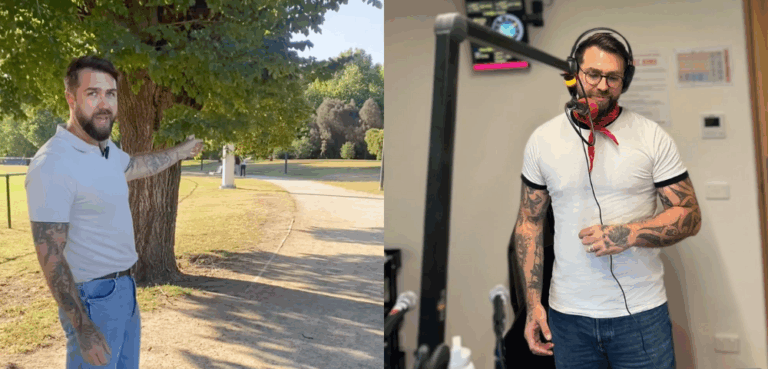
25% Of Boys Face Homophobic Slurs In Australian Schools
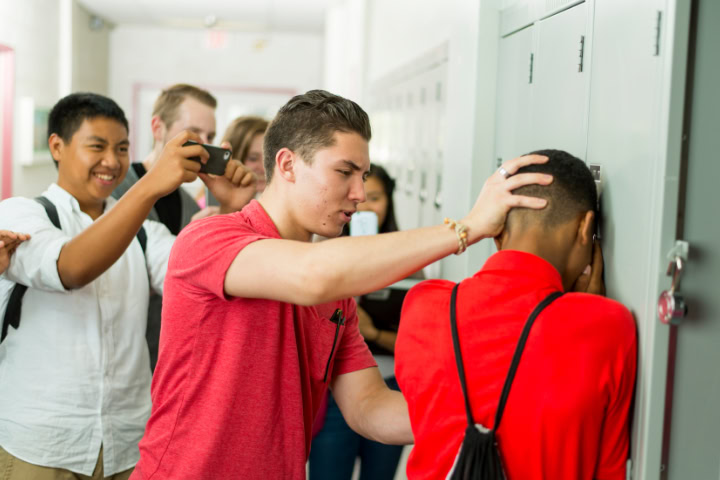
Over 40% of students in high schools in NSW have reported being subjected to sexual harassment, and a quarter of the male students said they were called homophobic slurs.
A study of over 4,000 students found that male students were more likely to experience six out of nine forms of sexual harassment than female students.
“Prior to our study, no study had provided prevalence estimates of sexual harassment among adolescents in Australia, although there were previous studies that indicated that it is a problem,” Xiaojing Lei, the lead researcher of the study, told Star Observer.
“Our study was an overdue attempt to investigate how prevalent sexual harassment victimisation in Australian adolescents is by providing the first Australian prevalence estimates of sexual harassment in school settings.”
The study was based on the responses of 4,098 students to the EveryBODY study in 2017, which had surveyed around 5,000 students between the ages of 11 and 19. 47.3% were male students and the remaining were female students.
42.5% of boys and 40.0% of girls reported having faced some some form of sexual harassment in the previous school term. The most common form of sexual harassment was that 32.3% of girls and 29.9% of boys reported being subjected to sexual comments, jokes, gestures or looks. This was followed by poking, grabbing or pinching in a sexual way (20.1% of boys, and 14.8% of girls), brushing up on purpose in a sexual way (17.6% boys and 12.9% girls), spreading sexual rumours (14.1% boys and 13.3% girls), pulling at clothes in a sexual way (13.7% boys and 6.8% girls), showing or sending sexual pictures or messages (15.2% boys and 12.9% girls), homophobic slurs (25.2% boys and 11.2% girls), flashing private parts (13% boys and 5.4% girls), commenting on or ranking private parts (13.5% boys and 10.6% girls).
According to Lei, the participants were not asked if they identified as LGBTQI and therefore figures were not available as to the percentage of LGBTQI students who had been subjected to homophobic slurs.
A report prepared by the Victorian government about the Safe Schools program, that is not connected to the NSW study, had said that 61% of young LGBTQI people had experienced verbal homophobic abuse and of these, 80% had faced the abuse in schools.
The NSW study said that the fact that boys had reported facing sexual harassment more could point to the fact that boys were subjected to it both by boys and girls. Lei said it was also important to differentiate between sexual harassment and bullying.
“Our study has revealed that sexual harassment is a pervasive problem for both boys and girls in Australian high schools. However, most Australian schools do not have a specific school policy for dealing with this issue, and covering it with an existing anti-bullying policy is commonplace. Although sexual harassment and bullying overlap, when it comes to prevention and intervention, it is important to distinguish them,” said Lei.
Another study reflected on this confusion, with a survey of 201 parents of children aged between 5 and 11 being unable to distinguish between bullying and fighting. The study found that while most parents could recognise bullying and cyberbullying behaviours, some considered aggression, fighting and playful jokes as bullying.
According to Lei the school policies should specify the behaviours that constitute sexual harassment and let stakeholders, including students, teachers and staff know that there is a zero tolerance policy for such behaviour.
“It is crucial to involve the whole school community in developing prevention and intervention strategies. Studies have found that adolescent sexual harassment frequency in schools is correlated with administrators’ and teachers’ tolerance of such behavior. This is further underscored by the little training that school staff report receiving in how to identify and deal with sexual harassment as opposed to bullying. Therefore, improving school staff health literacy toward adolescent sexual harassment is essential in preventing and managing sexual harassment effectively in school settings,” said Lei.
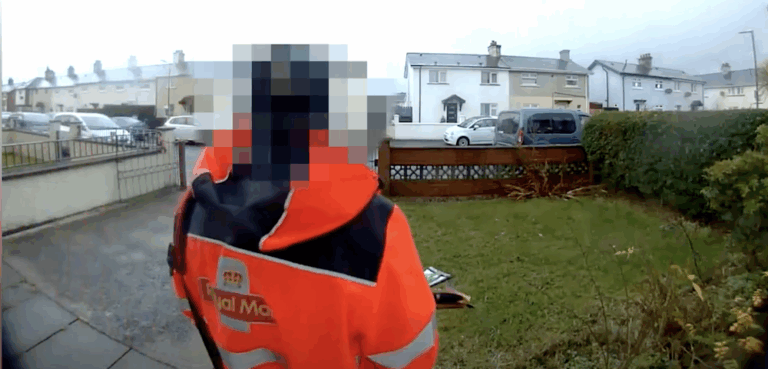
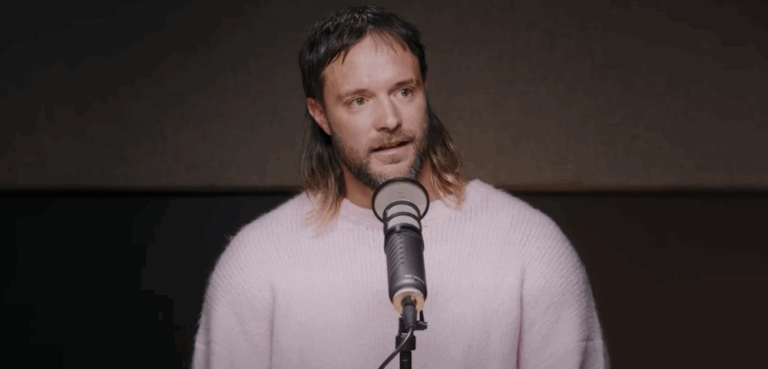

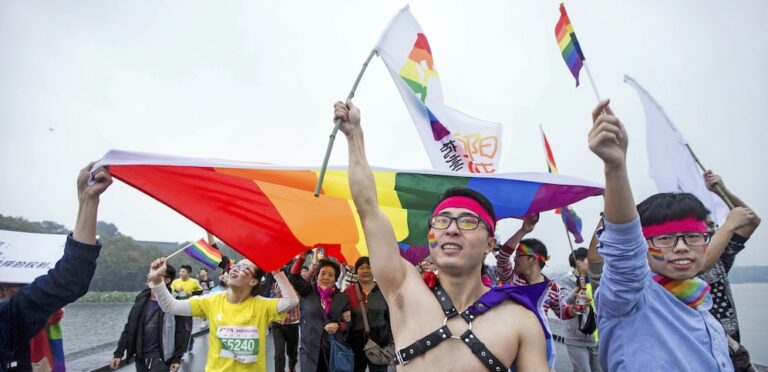
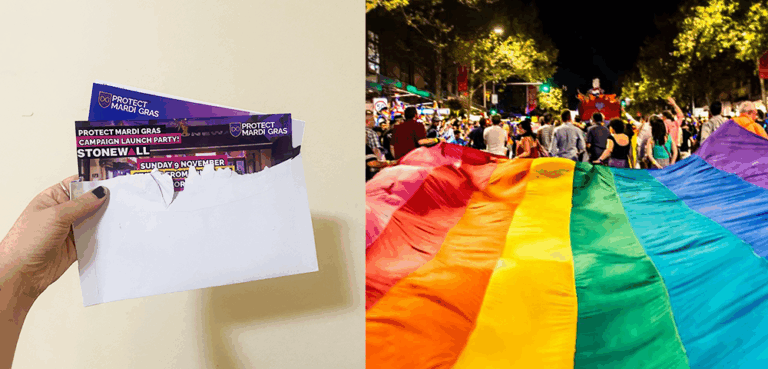
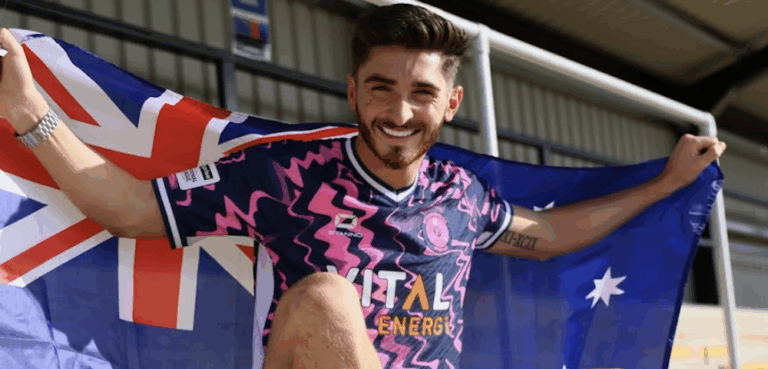

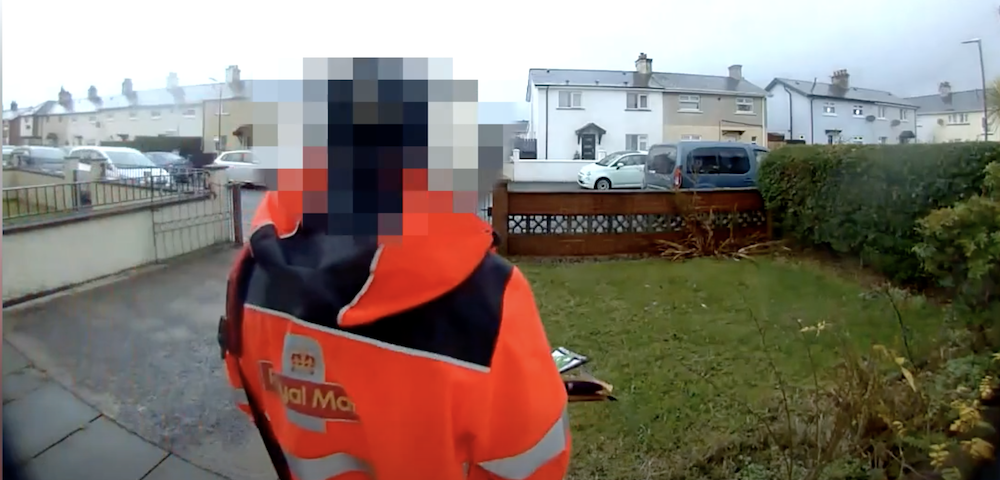
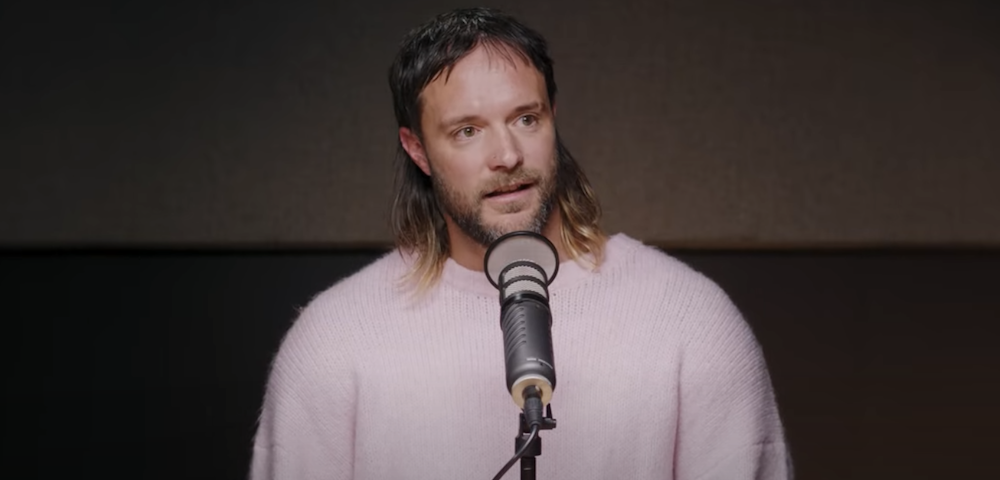

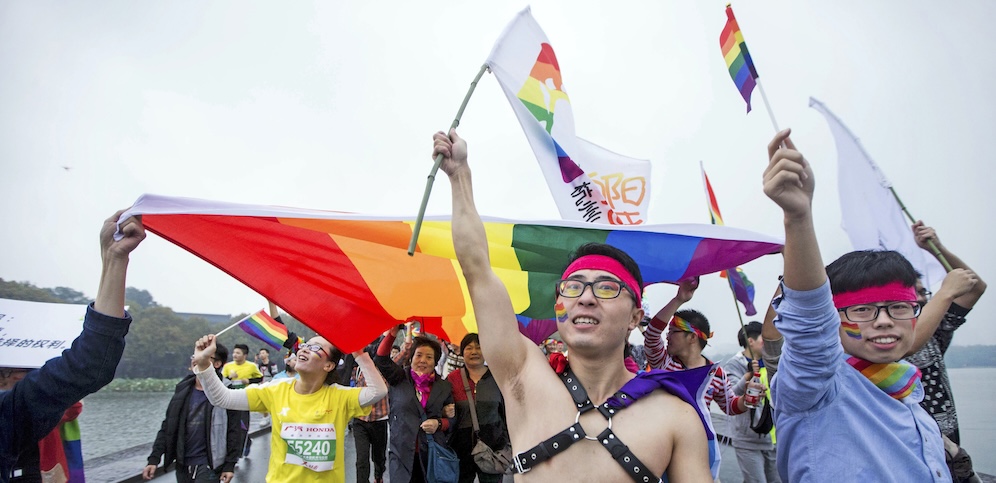
Superpowers are not created by a more civilized society, they are created by weapons- therefore fists.
If fists rule the world,Then that is all you will learn in school.
This is completely utterly unacceptable in 2020, what a total joke schools really are! No wonder why I want my nieces and nephews homeschooled. Our education system has completely utterly failed. ????????????????